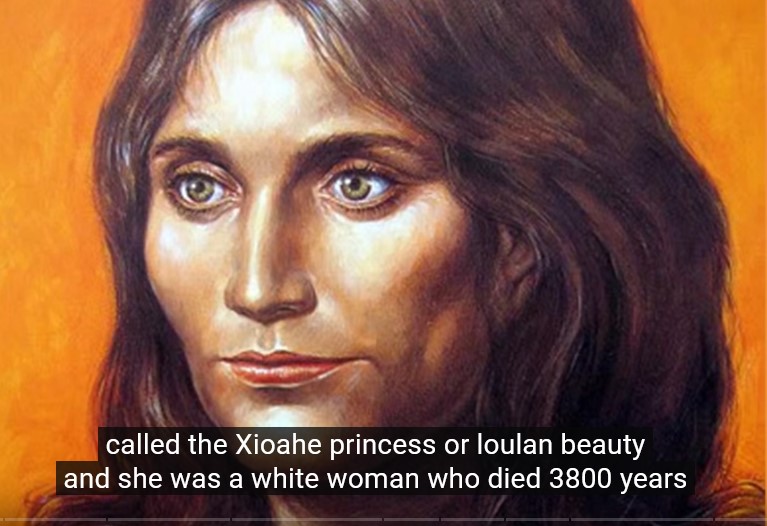
Blond Mummies, Tocharians and Indo-Europeans of China
Archaeological discovery of mummies in the Taklamakan desert of Western China dating back 4,000 years has captivated the imaginations of researchers, who were surprised to discover that they were caucasians from Europe. The answers to the mystery of who these white mummies were might be found in the later history of Xinjiang province; in the Chinese written records of blue eyed and red bearded merchants such as the Yuezhi and the Sogdians from the West and in the manuscripts written in a mysterious Indo-European language known as Tocharian. Clearly there were both Iranic and Tocharian peoples living in Western China in later times, and the Tarim mummies must have been the ancestors of some if not all of them.
The inhospitable Tarim basin became a vital route for merchants, at the crossroads between East and West, the basin is skirted by oasis towns which were stations for anyone traveling on the Silk Road.The caucasian, Europoid mummies and the ancient Indo-European languages of the region challenge popular misconceptions about the limits of European civilisation in the Bronze Age. The material excavated suggests the area was active for thousands of years, with diverse languages, lifestyles, religions, and cultures present. #AncientAliens #Xinjiang #Tocharian



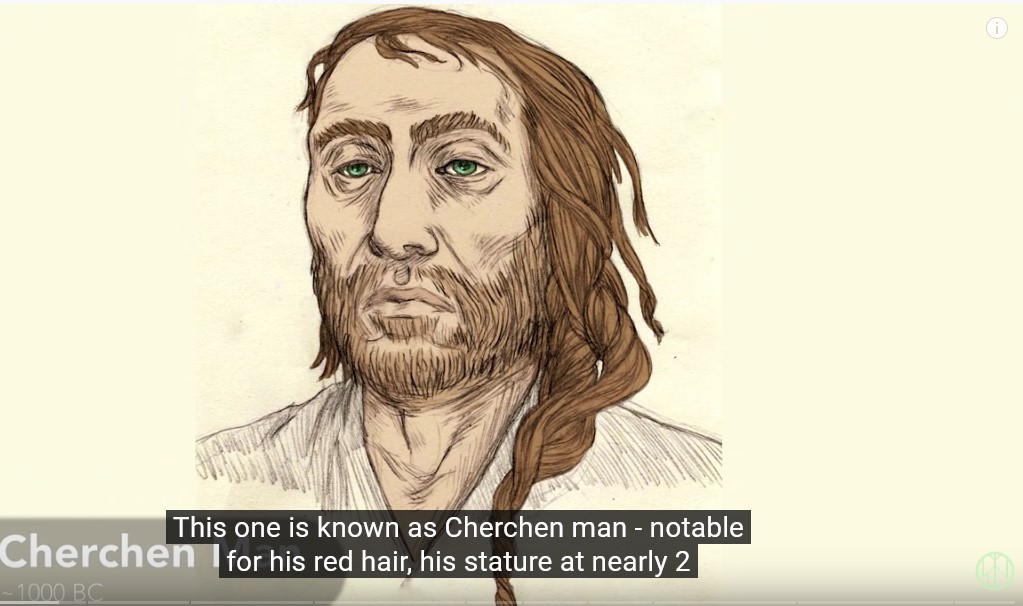
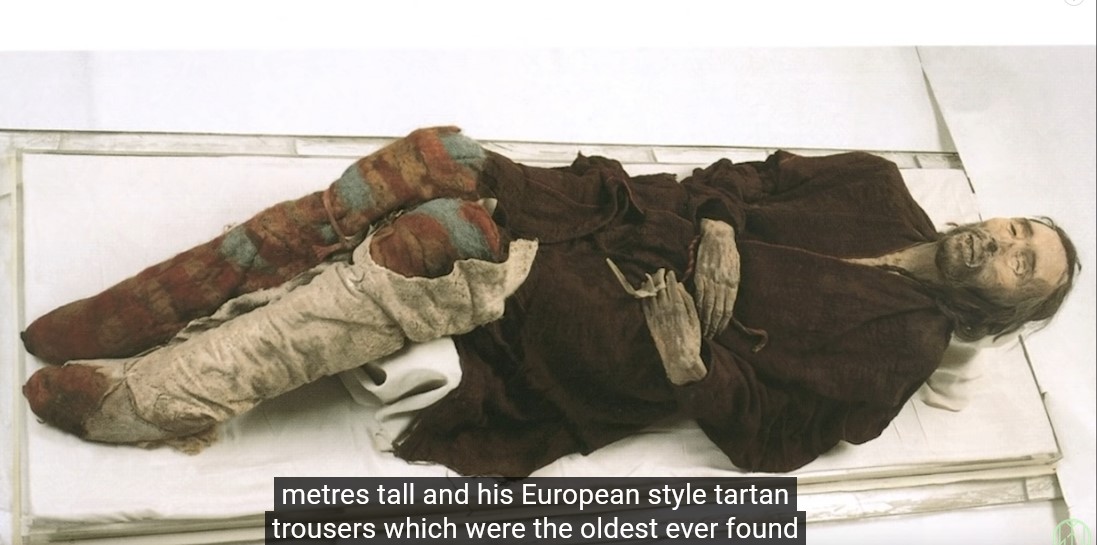
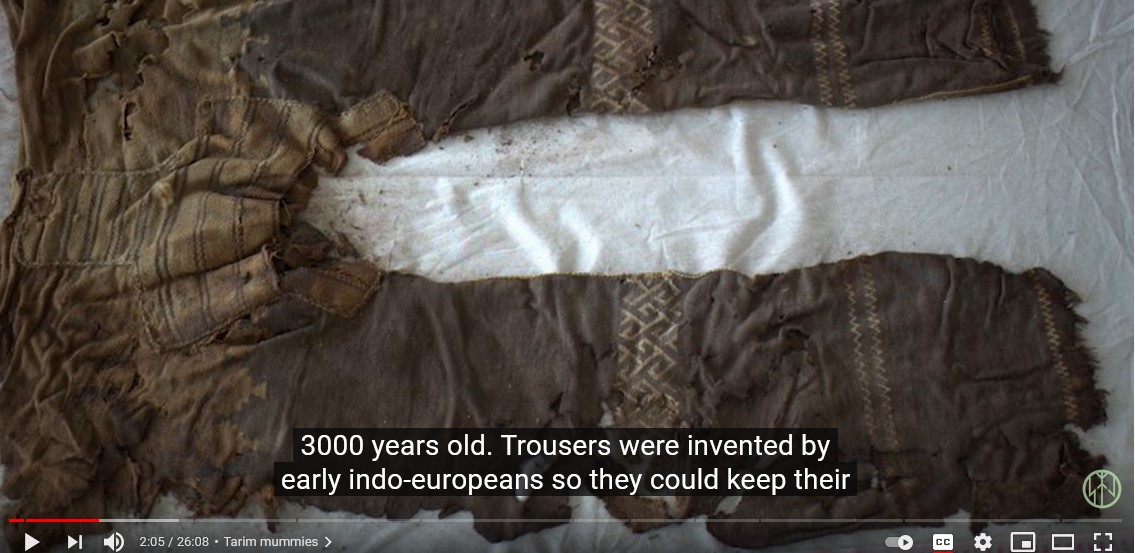
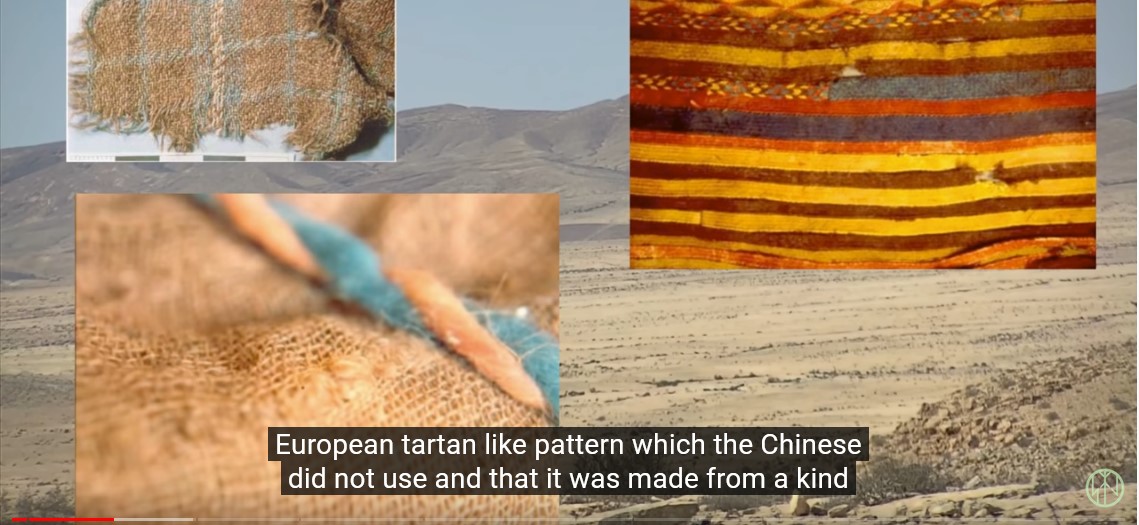
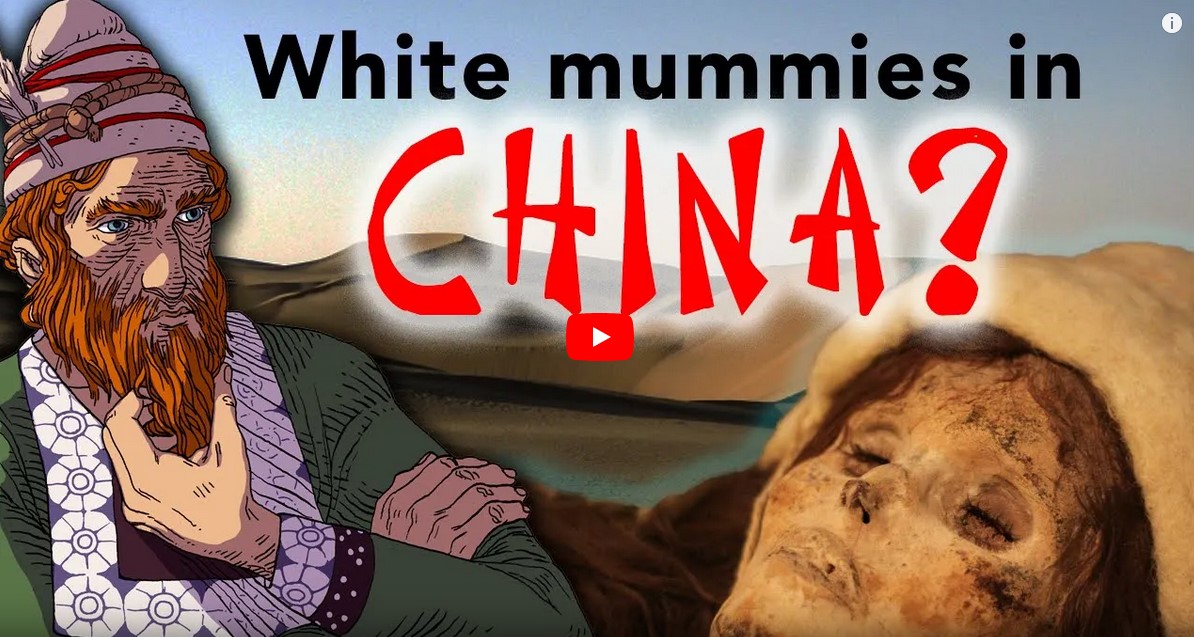
Blond Mummies, Tocharians and Indo-Europeans of China
Archaeological discovery of mummies in the Taklamakan desert of Western China dating back 4,000 years has captivated the imaginations of researchers, who were surprised to discover that they were caucasians from Europe. The answers to the mystery of who these white mummies were might be found in the later history of Xinjiang province; in the Chinese written records of blue eyed and red bearded merchants such as the Yuezhi and the Sogdians from the West and in the manuscripts written in a mysterious Indo-European language known as Tocharian. Clearly there were both Iranic and Tocharian peoples living in Western China in later times, and the Tarim mummies must have been the ancestors of some if not all of them.
The inhospitable Tarim basin became a vital route for merchants, at the crossroads between East and West, the basin is skirted by oasis towns which were stations for anyone traveling on the Silk Road.The caucasian, Europoid mummies and the ancient Indo-European languages of the region challenge popular misconceptions about the limits of European civilisation in the Bronze Age. The material excavated suggests the area was active for thousands of years, with diverse languages, lifestyles, religions, and cultures present.
Sources:
Adams, D., (2019) ‘Tocharian C: its discovery and implications’ https://languagelog.ldc.upenn.edu/nll...
A dictionary of Tocharian B https://www.win.tue.nl/~aeb/natlang/i...
Gray, Russell & Atkinson, Quentin & Greenhill, Simon. (2011). Language Evolution and Human History.
Good, I., ‘A Social Archaeology of Cloth some preliminary remarks on prehistoric textiles of the Tarim Basin’ (Peabody Museum) http://www.safarmer.com/Indo-Eurasian...
Hollard, C. et al. (2018). New genetic evidence of affinities and discontinuities between bronze age Siberian populations. American Journal of Physical Anthropology 167 (1): 97–107.
Katariya, A., ‘Ancient History of Central Asia: Yuezhi-Gurjar History’, Article No 01
Mair, V., ‘Ancient Mummies of the Tarim Basin’ https://www.penn.museum/sites/expedit...
Ning, et al. (2019), ‘Ancient Genomes Reveal Yamnaya - Related Ancestry and a Potential Source of Indo-European Speakers in Iron Age Tianshan’ https://www.cell.com/current-biology/...
Wenkan, X. (1996) ‘The Tokharians and Buddhism’
Xie, M. et al, (2013) Interdisciplinary investigation on ancient Ephedra twigs from Gumugou Cemetery (3800 B.P.) in Xinjiang region, northwest China. https://www.ncbi.nlm.nih.gov/pubmed/2...
Yang, Y. (2019), ‘Shifting Memories: Burial Practices and Cultural Interaction in Bronze Age China A study of the Xiaohe-Gumugou cemeteries in the Tarim Basin’ http://www.diva-portal.org/smash/get/...
Selections from the Han Narrative Histories https://depts.washington.edu/silkroad...
00:00 Intro
00:21 Tarim mummies
04:21 Tocharian
06:45 Han Chinese accounts of white merchants in Tarim
09:40 Yuezhi and Kushans
13:16 Kroraina / Loulan kingdom
14:35 Sogdians
16:05 Tocharian vs Iranic - Centum/Satem
17:35 Genetics of Tarim mummies and Iron Age Tarim skeletons
20:59 Yang paper - archaeological survey of Bronze Age Tarim 24:41 Conclusion



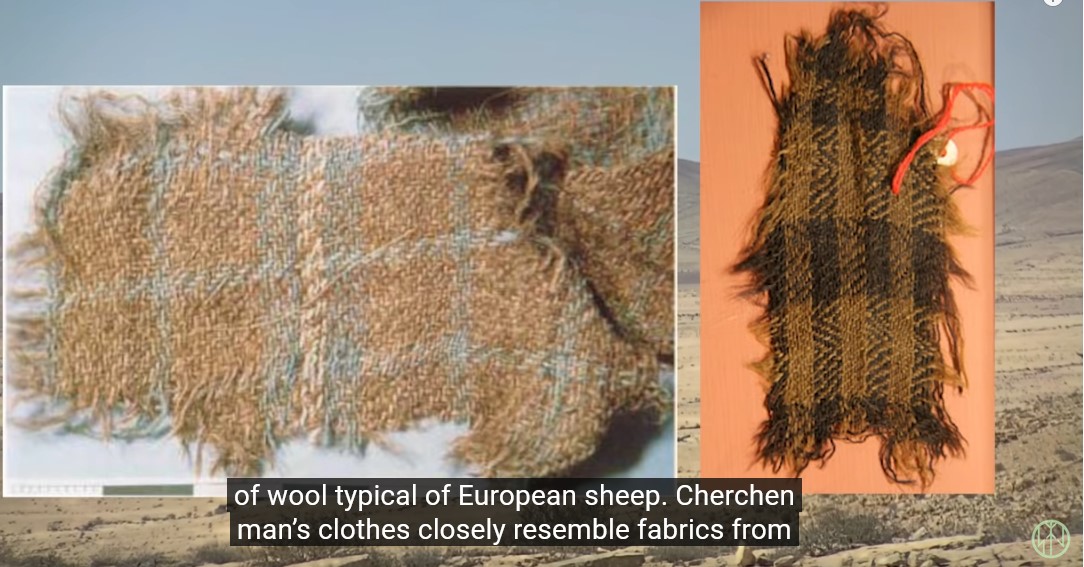
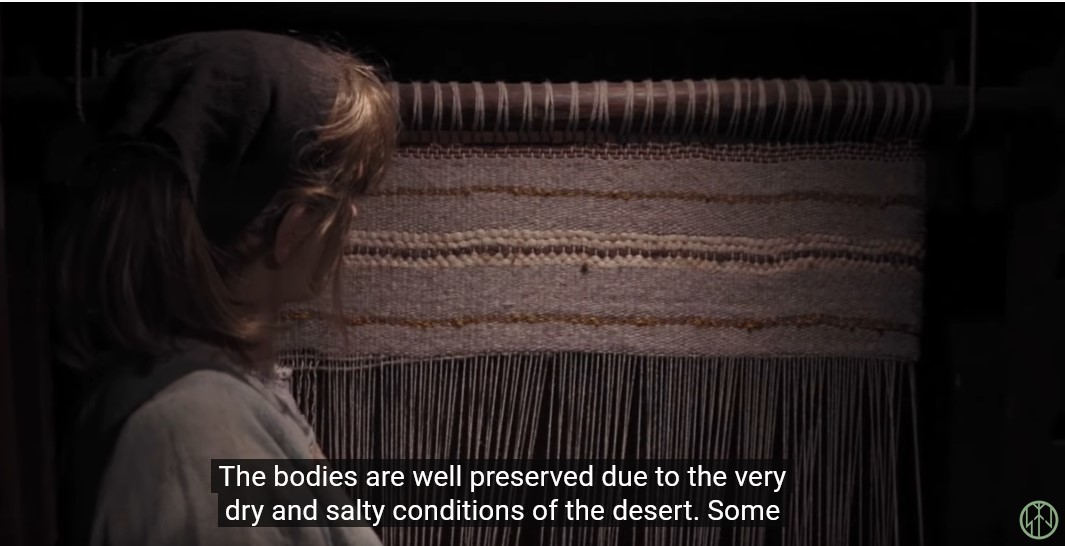
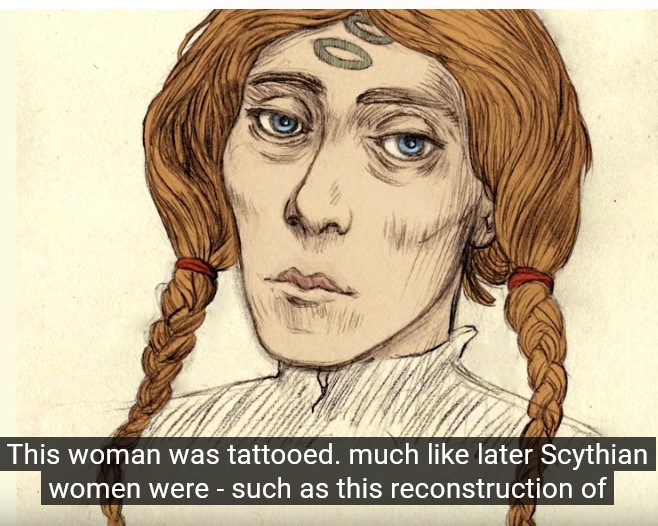

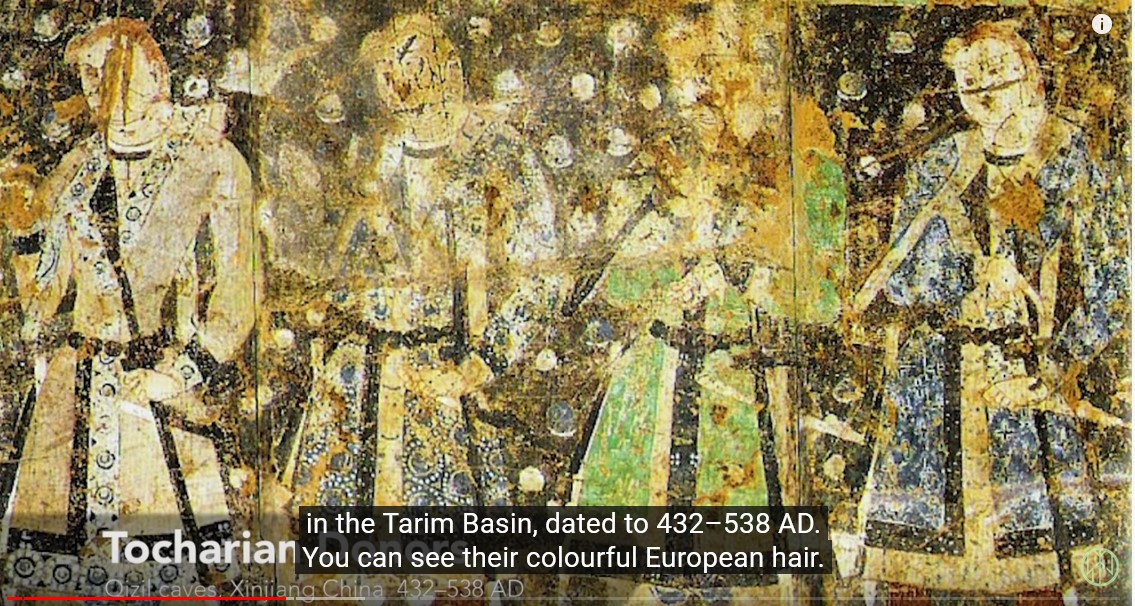
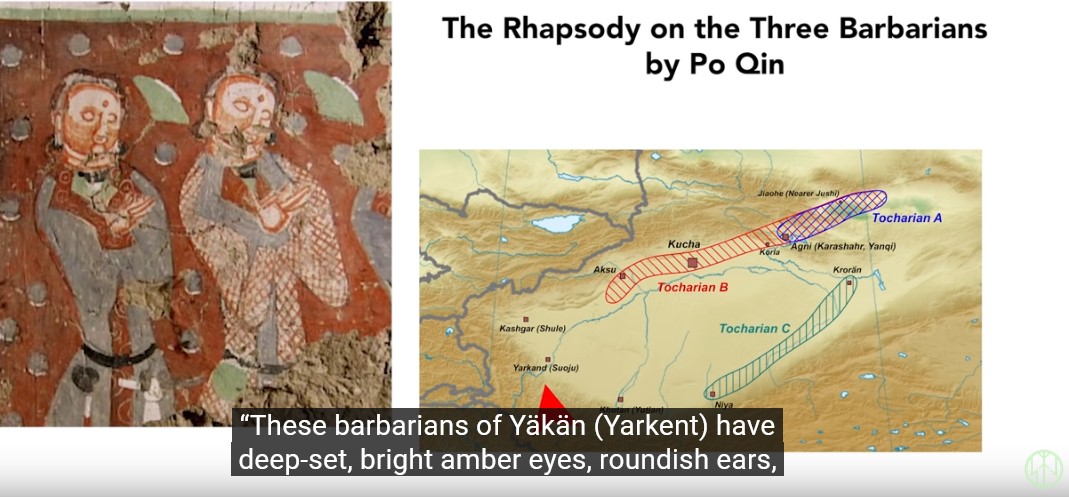
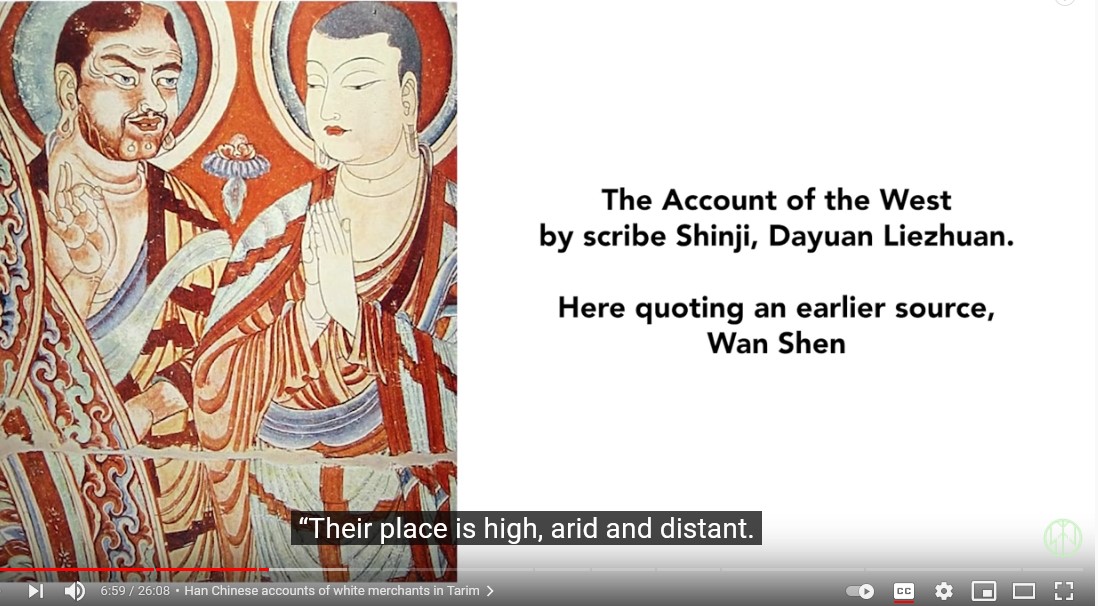
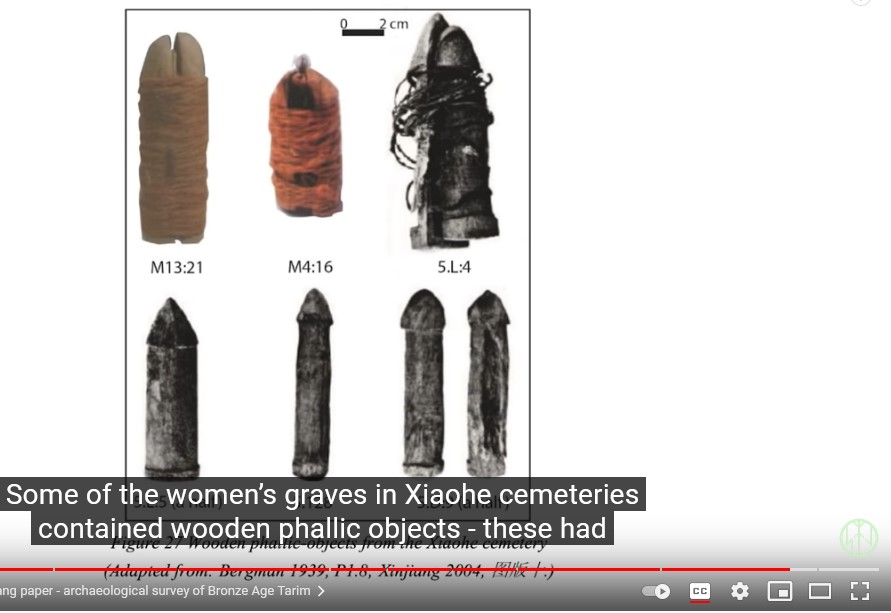


cryforthemoon